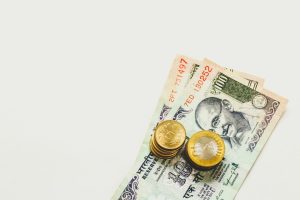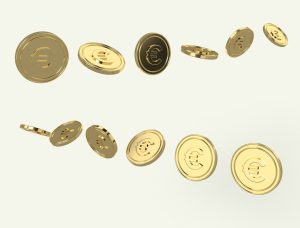The foreign exchange market, also known as forex, is the largest and most liquid financial market in the world. It is where currencies are traded globally, with an average daily turnover of around $5.3 trillion. In forex trading, traders are often exposed to the concepts of margin and leverage. These concepts are crucial for anyone who wants to trade forex successfully.
Margin is the amount of money that a trader needs to deposit with their broker to open a trading position. It is a security deposit, or collateral, that ensures that the trader can meet their financial obligations. The margin requirement is usually expressed as a percentage of the total value of the trade. For example, if the margin requirement is 1%, and a trader wants to open a position worth $100,000, they need to deposit $1,000 as margin.
Margin is essential in forex trading because it allows traders to trade larger positions than their account balance would allow. In other words, margin amplifies the trader’s buying power. For example, if a trader has $10,000 in their account and uses a leverage of 100:1, they can open a position worth $1 million. Without margin, they would only be able to trade $10,000.
Leverage is the ratio between the amount of money that a trader can control with a small deposit, and the actual deposit. It is expressed as a ratio, such as 50:1, 100:1, or 200:1. The higher the leverage, the larger the position a trader can control with a small deposit.
Leverage is a double-edged sword. On one hand, it can significantly increase profits. For example, if a trader uses a leverage of 100:1 and earns a profit of 1%, their actual profit would be 100% (excluding fees and commissions). On the other hand, leverage can also amplify losses. If a trader uses a leverage of 100:1 and incurs a loss of 1%, their actual loss would be 100%.
It is important to note that leverage is a tool that should be used with caution. Traders should always be aware of the risks involved and should never trade with money they cannot afford to lose. It is also important to use appropriate risk management strategies, such as setting stop-loss orders and limiting the amount of leverage used.
In summary, margin and leverage are essential concepts in forex trading. Margin is the amount of money that a trader needs to deposit with their broker to open a trading position, while leverage is the ratio between the amount of money that a trader can control with a small deposit and the actual deposit. Both margin and leverage allow traders to trade larger positions than their account balance would allow, but they also increase the risk of losses. As with any financial tool, traders should use margin and leverage with caution and always be aware of the risks involved.






